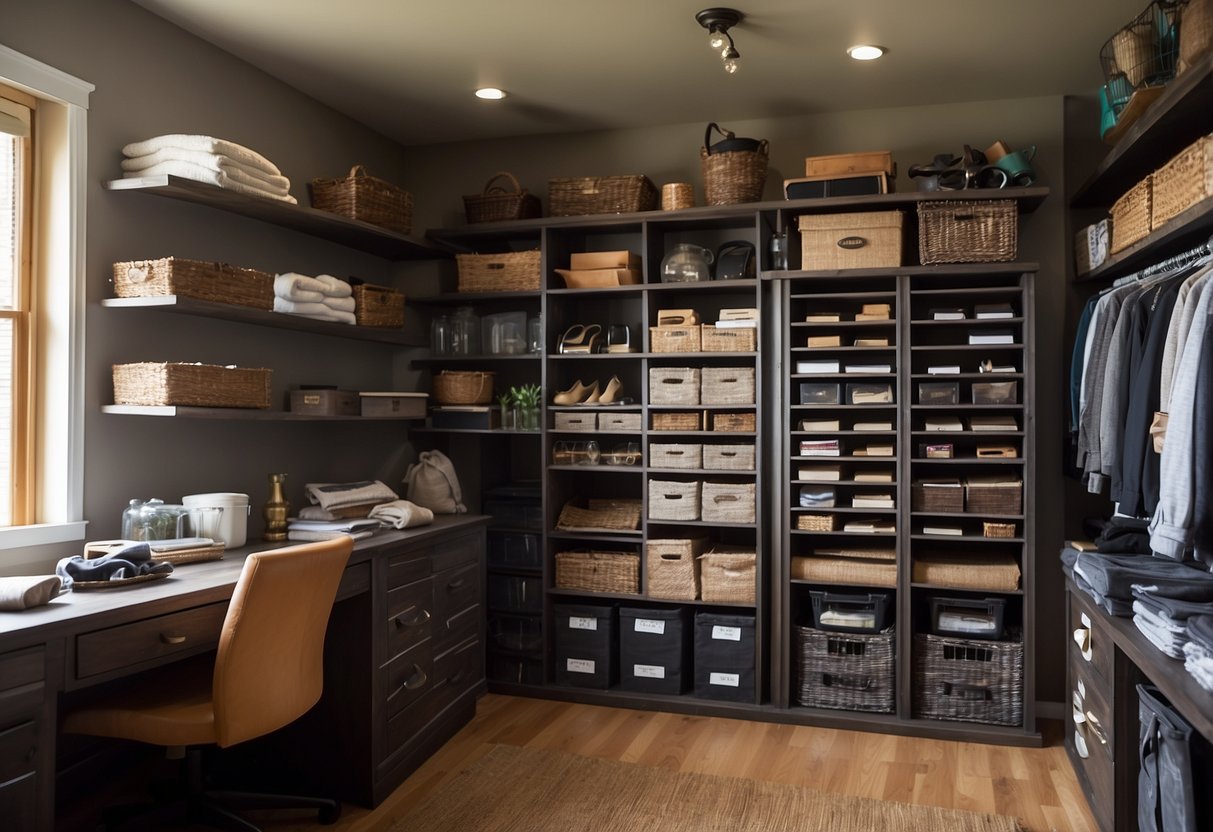Top 10 DIY Home Improvement Projects That Save You Money This Year
DIY Window Updates for Energy Efficiency
Improving window efficiency can significantly reduce energy costs. Focusing on sealing and insulation enhances airtightness, while updating window treatments offers additional insulation and light control.
Sealing and Insulation
Properly sealing windows is crucial for energy efficiency. Gaps and leaks around window frames can let drafts in, causing heating and cooling systems to work harder. Use caulking to seal gaps between the window frame and wall. Foam tape or weatherstripping can be applied to movable parts of the window to create a tighter seal. Additionally, adding insulation film to windows can act as a barrier against the cold or heat, further reducing energy loss.
Window Treatments and Upgrades
Updating window treatments can also enhance energy efficiency. Thick, insulated drapes made from thermal fabrics help keep warm air in during winter and block out heat in the summer. Cellular shades are another effective option due to their honeycomb structure that traps air, providing an extra layer of insulation. Reflective films can be applied to windows to reduce solar heat gain without obstructing views. These simple DIY upgrades can make a noticeable difference in maintaining a comfortable indoor temperature and reducing energy bills.
Enhancing Home Storage on a Budget

Creating additional storage in your home doesn’t have to break the bank. By utilizing unused spaces and building your own storage solutions, you can efficiently organize your belongings without significant expenses.
Utilizing Unused Spaces
Maximizing unused spaces in your home can lead to substantial savings. Consider the area under your stairs, for instance. Adding shelving or drawers here can transform it into a practical storage spot for shoes, books, or seasonal items. Closet doors can also serve a dual purpose by installing over-the-door organizers.
Corners and small nooks often go unnoticed. These can be perfect for custom corner shelves or cubbyholes. Attics and basements, if properly insulated, provide excellent opportunities for large storage areas. Adding racks and bins can significantly improve the management of seldom-used items and free up more accessible areas.
Building Your Own Storage Solutions
Crafting your own storage solutions not only saves money but also allows customization to fit your specific needs. Simple wooden shelves can be built using basic carpentry skills and tools. These can be tailored to fit any space, whether it’s a narrow hallway or an expansive living room wall.
Recycled materials, such as pallets or crates, can serve as cost-effective building blocks. A pallet can be repurposed into a rustic shoe rack or a bookshelf. Crates can be stacked to create modular storage units for toys, kitchen supplies, or office files. With some creativity and effort, these DIY solutions are budget-friendly and uniquely suited to your home.



